What you’ll learn:
- Both Zepbound® and Saxenda® are FDA-approved weight loss medications, but they have different active ingredients that work in different ways.
- Zepbound® is made from tirzepatide, while Saxenda® is made from liraglutide.
- Zepbound® may lead to more significant weight loss compared to Saxenda®, though individual results may vary.
Losing weight isn’t always as simple as eating better and moving more. Aging, biology, certain medical conditions, and even stress and sleep (or lack of it) can all play a role in making it harder than it should be. Hormones shift, metabolism slows, and life gets in the way—sometimes, even with the best efforts, the scale just won’t budge.
That’s why GLP-1 receptor agonists have become a popular option, giving some people the extra help they need to reach their goals. Of course, these medications have been in the spotlight thanks to Ozempic®, originally developed for diabetes but now widely used off-label for weight loss.
But Ozempic isn’t the only GLP-1 making waves in the weight management space—two other options, Zepbound® and Saxenda®, are FDA-approved for weight loss.
While both fall under the GLP-1 medication umbrella, they work in different ways, have unique dosing schedules, and come with their own sets of pros and cons. So, which one is better? That depends on factors like effectiveness, cost, insurance coverage, and how they fit into your lifestyle.
Zepbound® vs. Saxenda®: How do they work?
As mentioned above, these medications are related but work in different ways. Let’s go through their main actions and how they can help a person lose weight:
Saxenda® is made by Novo Nordisk, the same company that produces Ozempic®. Its active ingredient, liraglutide, is a GLP-1 receptor agonist, meaning it mimics the body’s natural GLP-1 hormone, which is released in response to eating.
Liraglutide binds to GLP-1 receptors in the brain, digestive tract, and pancreas, helping to regulate appetite, slow gastric emptying, and support blood sugar control. By prolonging feelings of fullness and reducing cravings, it can help with weight loss when used alongside a reduced-calorie diet and increased physical activity.
Zepbound® has a different active ingredient called tirzepatide. Unlike liraglutide, which mimics only one hormone, tirzepatide targets two hormones: GLP-1 and GIP (glucose-dependent insulinotropic polypeptide). Targeting two hormones instead of one helps to increase the medication’s appetite suppression and blood sugar regulation. Because this medication approaches weight loss in two ways, it may lead to greater weight loss. In addition to weight loss, Zepbound® is FDA-approved for managing obstructive sleep apnea (OSA).
Zepbound® vs. Saxenda®: What are the differences?
In addition to the way each medication works, Saxenda® and Zepbound® have other important differences that might help you choose between them. Let’s take a look:
Dosing and administration
Zepbound® and Saxenda® are both injections, but there is a big difference in how often they need to be injected.
- Zepbound®: With Zepbound, you will inject yourself once per week with a prefilled pen or a vial and syringe. You’ll start at 2.5 mg once a week, which will be increased to keep you losing steady weight as tolerated to 15 mg.
- Saxenda®: With Saxenda, you will inject yourself once per day with a prefilled pen. You’ll start at 0.6 mg per day, and that will increase as needed and tolerated to 3 mg per day.
Pricing and insurance
GLP-1 medications are associated with high costs, and Zepbound and Saxenda are no exception. They can both cost upwards of $1,000 without insurance coverage. Since both medications are FDA-approved for weight management, it’s rare that they will be covered by insurance. Most insurers exclude weight loss drugs from their plans. Even if your insurance covers it, your out-of-pocket costs will vary depending on coverage and pharmacy location.
Here’s an overview of the list price and some things to keep in mind for each:
- Zepbound®: What you pay for Zepbound will depend on whether you take it as the prefilled pen or in the vial and syringe format. The price for these will range from $349 to over $1,000 per month. We’ll go into more detail below about what you can expect to pay for Zepbound®.
- Saxenda®: The list price for Saxenda® is $1,350 per month for all doses in the prefilled pen. The doses include 0.6 mg, 1.2 mg, 1.8 mg, 2.4 mg, and 3 mg. Here’s a more detailed breakdown of what Saxenda® will cost.
If comparing the list prices, Zepbound® is likely the more affordable option. Still, when you choose medication, there are several factors, both differences and similarities, to consider beyond cost.
Zepbound® vs. Saxenda®: What are the similarities?
Even though Zepbound® and Saxenda® are different medications, they share some similarities. Here are the most notable ones:
Both are FDA-approved for weight loss
Zepbound® and Saxenda® can both be prescribed for weight management in people with a BMI of 30 or higher or with a BMI of 27 or higher with at least one weight-related health condition, like high blood pressure or high cholesterol.
They have similar side effects
Most people can expect some gastrointestinal issues like nausea, vomiting, diarrhea, and constipation, especially when first starting the medication or upping the dose. These side effects typically improve over time. We go through some of the more serious side effects below and discuss who shouldn’t take these medications.
Can you switch between Zepbound® and Saxenda®?
The short answer is yes, you can, but it’s not as simple as swapping out one for the other. It’s a decision you’ll need to make under the guidance of your healthcare provider. How you switch will also depend on the reason you are switching. The most common reasons are costs and insurance dynamics, dosing schedule, or stalled weight loss.
When transitioning between these medications, your body might need some time to adjust. Your appetite control and weight loss progress could change during this period. You might notice changes in how full you feel after meals or how often you feel hungry throughout the day. Side effects might be more likely after switching, though they tend to get better as you get used to the medication.. Your doctor will create a plan that’s right for you.
Zepbound® vs. Saxenda®: Which is better for weight loss?
When it comes to reaching your health goals, both Zepbound® and Saxenda® can be effective. Though studies show you’ll likely lose more weight with Zepbound®, that isn’t the only thing to consider.
What you’ll pay, how your body reacts to the medication, the dosing schedule, side effects, and what fits best into your lifestyle all play a part in which medication is best for you. Let’s start by reviewing the research on the effectiveness of each:
How much weight can you lose on Zepbound® vs. Saxenda®?
In one study, people taking liraglutide (Saxenda®) lost an average of 5 to 10% of their body weight in 56 weeks. People taking tirzepatide (Zepbound®) lost an average of 21% of their body weight over 72 weeks.
How long does it take to see results?
People taking Zepbound® or Saxenda® typically notice a decrease in appetite almost immediately. Noticeable weight loss may take about four weeks. Here’s a look at what studies suggest you can expect in terms of average body weight lost over time:
After 3 months:
- Tirzepatide: 6%
- Liraglutide: 5% or more
After 1 year:
Remember, everyone has a different experience. Your results will depend on your diet and exercise habits, as well as underlying health issues. Your doctor will adjust your dose to keep you losing steady weight as tolerated with both Zepbound® and Saxenda®.
Who is eligible for Zepbound® or Saxenda®?
Zepbound® and Saxenda® are FDA-approved to treat weight loss and have the same eligibility requirements. They can generally be prescribed to people who have:
- BMI of 30 or higher
or
- BMI of 27 or higher with at least one weight-related health condition, such as high blood pressure or high cholesterol.
Zepbound® can also be prescribed to treat OSA.
For either medication, your healthcare provider will evaluate your complete medical history, current medications, and specific health needs before determining if either medication is right for you.
Who shouldn’t take Zepbound® or Saxenda®?
While Zepbound® and Saxenda® can be helpful for many, they’re not right for everyone. Some preexisting conditions or family history can make them dangerous for you, including:
- A personal or family history of medullary thyroid carcinoma (MTC) or multiple endocrine neoplasia syndrome type 2 (MEN 2).
- Pregnancy, a plan to become pregnant, or breastfeeding.
You should talk to your doctor about whether they are right for you if you have:
- A history of pancreatitis.
- Severe digestive issues
- A history of depression or suicidal thoughts
For more detailed safety information, visit the Zepbound® safety page or the Saxenda® safety page.
How long will you need to take Saxenda® or Zepbound®?
It depends. Both Saxenda® and Zepbound® are approved for long-term use, but how long you’ll stay on them really comes down to your personal weight loss goals and your doctor’s advice. These medications work by helping to regulate appetite and metabolism, but they don’t permanently reset how your body handles weight. Some people may need to stay on a maintenance dose to keep the weight off, while others might be able to stop once they’ve reached their goal.
If you stop Saxenda® or Zepbound®, there’s a chance you could regain some weight as your hunger and appetite signals return to where they were before. In one study of tirzepatide (Zepbound®), it was found that those who stopped taking it (after 36 weeks and losing an average of 21% of their body weight) gained an average of 10% of their body weight back.
Here are some tips for preventing weight regain after stopping a GLP-1:
- Taper off slowly: Abruptly stopping the medication can lead to weight regain. Gradually tapering off your medication may reduce this risk. Your doctor might even prescribe a personalized maintenance dose for this reason. A study found that people who tapered off semaglutide maintained a stable weight for 26 weeks. Saxenda® doesn’t usually require tapering, but stopping might lead to increased hunger.
- Change your habits while taking medication: People who establish healthy habits, like eating a nutrient-dense diet and moving more, while taking these medications, are more likely to keep the weight off.
- Restart the medication if needed: You may be able to restart either medication if needed, but this should always be done under medical supervision.
For the best long-term results, Saxenda® and Zepbound® work best alongside permanent lifestyle changes rather than as a sole solution for weight management.
Rx weight loss, the right way, with Noom
Get access to prescription weight loss medication with Noom.Zepbound® vs. Saxenda®: What do they cost?
While both Zepbound® and Saxenda® are FDA-approved for use for weight loss, that doesn’t mean they will be covered by insurance. If you want to see if the potential is there, contact your insurance company directly. Here’s an overview of the costs you can expect with each medication without it:
- Zepbound®: As we noted above, what you pay for Zepbound will depend on which format you choose: prefilled pen or vial and syringe format. Here are the specifics of each:
- Prefilled pen: While the list price is about $1,086 per month, what you pay out of pocket will vary depending on any insurance coverage and, to a lesser extent, the pharmacy you use. All doses, including 2.5 mg, 5 mg, 7.5 mg, 10 mg, 12.5 mg, and 15 mg, will cost the same.
- Vial and syringe: If you don’t have insurance coverage, you can go through the manufacturer’s Lilly Direct program. Taking Zepbound this way is slightly different. You will draw the medication into the syringe yourself, rather than using a prefilled pen. Here’s what the doses cost:
- $349 for 2.5 mg
- $499 for 5 mg, 7.5 mg, and 10 mg
- Here’s a detailed breakdown of what Zepbound® might cost you out of pocket.
- Saxenda®: The list price of Saxenda is $1,350 per month, which is before insurance coverage (though again, this is unlikely.) Here’s a more detailed breakdown of what Saxenda will cost in 2025.
Does Medicare cover Zepbound® or Saxenda®?
It is unlikely that Zepbound® or Saxenda® are covered since Medicare typically excludes weight loss medications. Their counterparts, Mounjaro® and Victoza®, may be covered when prescribed for diabetes management.
Zepbound® vs. Saxenda®: Side effects
Both Zepbound® and Saxenda® come with the potential for similar side effects. Let’s explore what you might experience if you take them, as well as some rare side effects and warnings associated with them.
Common side effects
When you first start taking Zepbound® or Saxenda®, you may experience mild to moderate side effects that are mostly gastrointestinal in nature. These are also more likely when your dosage is increased. Common side effects for both include:
- Nausea
- Vomiting
- Diarrhea or constipation
- Headache
- Fatigue
Everyone’s body responds differently, so you may or may not experience the side effects above.
Serious side effects and other warnings
Zepbound® and Saxenda® are considered safe, but they do have some potentially serious side effects associated with them. If you experience or think you are experiencing any of the below symptoms, you should seek immediate medical attention. These include:
- Pancreatitis: Symptoms include severe abdominal pain that radiates to your back, with or without vomiting.
- Vision changes: If you notice any sudden changes in your vision while taking Saxenda® or Zepbound®, get immediate medical attention.
- Low blood sugar (hypoglycemia): Low blood sugar is most likely in people who are also taking medications for diabetes. Symptoms include dizziness, shakiness, blurred vision, and a fast heartbeat.
- Kidney problems: Diarrhea, nausea, and vomiting can cause dehydration and worsen kidney issues. Go to the ER if you experience decreased urination, swelling in the ankles or legs, fatigue, or shortness of breath.
- Gallbladder problems: Symptoms include upper abdominal pain, fever, jaundice, or clay-colored stools.
- Allergic reaction: Symptoms include swelling of the face, lips, tongue, or throat, difficulty breathing or swallowing, or a rapid heartbeat. If you think you’re having an allergic reaction, get immediate medical attention.
- Thyroid tumors or cancer: Be alert for a lump or swelling in the neck, difficulty swallowing, or shortness of breath. (This connection has only been established in animal studies.)
Zepbound® vs. Saxenda®: Which one is safer?
Both medications have similar safety profiles and are generally safe when taken as prescribed. To help minimize side effects, your healthcare provider will start you on a lower dose and gradually increase it over time.
Tips to reduce side effects:
- Stay hydrated, as GLP-1 medications can suppress thirst along with hunger.
- Prioritize protein intake, keep the portions small, and avoid fatty foods or excessively sugary foods.
- Include resistance training to help maintain muscle mass.
Being proactive about side effect management, maintaining an active lifestyle, and following a healthy, nutrient-rich diet can help you manage side effects and lead to overall better results with both medications.
Zepbound® vs. Saxenda®: Dosage and administration
Zepbound® and Saxenda® both come as injections you give yourself. This process is easy to get the hang of and relatively painless, though there are differences between the two. Here’s a look at what you can expect with each medication.
- Zepbound®: You will give yourself one injection per week in the upper arm, thigh, or stomach. You will either use a prefilled pen or measure the medication yourself with a vial and syringe.
- Prefilled pen doses: 2.5 mg, 5 mg, 7.5 mg, 10 mg, 12.5 mg, and 15 mg
- To use the prefilled pen, you will choose your injection site (upper arm, thigh, or stomach) and clean it with an alcohol pad. Then, remove the cap from the end of the pen, place the pen in the desired location, unlock it, and then press the button on the top to inject. Refer to the package instructions for details.
- The pens should be stored in the refrigerator, but if needed, can be stored at room temperature for up to 21 days. They shouldn’t be returned to the refrigerator after being stored at room temperature. They shouldn’t be frozen and shouldn’t be used if previously frozen. Pens should also be stored in their original cartons to protect them from light.
- Vial and syringe doses: 2.5 mg, 5 mg, 7.5 mg, and 10 mg
- To use the vial and syringe, you will remove the cap from the syringe and then draw the medication into the syringe from the vial. Once you’ve chosen an injection site (upper arm, thigh, or stomach) and cleaned it with an alcohol pad, you’ll insert the needle into the skin and then push down on the plunger of the syringe to inject the medication. Refer to the instructional insert that comes with your medication for full administration steps.
- Vials should be stored the same way as the prefilled pens. Throw away all opened vials after use, even if there is medicine left in the vial.
- Prefilled pen doses: 2.5 mg, 5 mg, 7.5 mg, 10 mg, 12.5 mg, and 15 mg
- Saxenda®: You will give yourself one injection per day in the upper arm, thigh, or stomach. All doses will be with a prefilled pen.
- Doses: 0.6 mg, 1.2 mg, 1.8 mg, 2.4 mg, and 3.0 mg
- To use the prefilled pen, you will choose your injection site (upper arm, thigh, or stomach) and clean it with an alcohol pad. You’ll add a new needle to the end of the pen, check the flow (if it is a new pen), insert the needle into the skin, and then press the button on the top to inject. See the detailed instructions that come with your medication for the full list of steps.
- Store your new, unused pens in the refrigerator. Store the pen you are currently using for 30 days at 59ºF to 86ºF (15ºC to 30ºC) or in the refrigerator.
- Doses: 0.6 mg, 1.2 mg, 1.8 mg, 2.4 mg, and 3.0 mg
Which is right for me: Saxenda® or Zepbound®?
If you’re trying to decide between Saxenda® and Zepbound®, the best choice depends on what works for your lifestyle, budget, and body. Here are the main things to keep in mind:
| Criteria | Saxenda® | Zepbound® |
|---|---|---|
| How you take it | A daily injection | One injection per week |
| Weight loss effectiveness | People taking Saxenda® lost an average of 5–10% of their body weight over 56 weeks. | People taking Zepbound® lost an average of 21% of their body weight over 72 weeks. |
| FDA approvals | Approved for weight loss and to prevent heart attack and stroke | Approved for weight loss and to treat OSA |
| Cost (monthly) | $1,350 | Prefilled pen: $1,086 Vial and syringe: 2.5 mg: $349 5 mg, 7.5 mg, and 10 mg: $499 |
| Availability | Liraglutide is on the FDA’s official shortage list, so it may be hard to find Saxenda medication in stock. | All tirzepatide medications are off the FDA short list. The availability of Zepbound® can still be spotty due to its popularity. |
| Insurance coverage | Saxenda® is rarely covered for weight loss. | Zepbound® is also rarely covered for weight loss. |
| Manufacturer | Novo Nordisk | Eli Lilly |
| Sister medication | Victoza® is the version of liraglutide that is FDA-approved for type 2 diabetes treatment and to reduce the risk of major cardiovascular events. It can be prescribed off-label for weight loss. A generic version of liraglutide is made by Teva Pharmaceuticals and is approved for diabetes management. It may be prescribed off-label for weight loss. | Mounjaro® contains the same active ingredient, tirzepatide, but is FDA-approved to treat type 2 diabetes. It can be prescribed off-label for weight loss. |
Talk to your healthcare provider to weigh all your options and find the right fit for you. If you qualify for Noom Med, you’ll be connected with a clinician who can go through all of the elements, find the right medication for you, and prescribe it if needed. (It might even be a different one!)
Alternatives to Zepbound® and Saxenda®
If Zepbound® and Saxenda® aren’t the right fit due to cost, availability, or personal preference, there are several other medications that may support weight loss. These include oral alternatives and other GLP-1 receptor agonists. Let’s take a look:
Other GLP-1 medications
Here are some other medications in the GLP-1 receptor agonist that you can consider, along with how much weight you can expect to lose and average costs.
| Medication | Brand names and uses | Cost per month (without insurance) | Effectiveness | How it’s taken |
|---|---|---|---|---|
| Tirzepatide – GLP-1/GIP receptor agonist | Mounjaro®: type 2 diabetes, off-label weight loss | Mounjaro®: $1,080Learn more | People lost an average of 21% of body weight at 72 weeks. | Mounjaro®: Weekly injection |
| Liraglutide – GLP-1 receptor agonist | Victoza® (off-label) Generic liraglutide | Victoza®: $800 to $1,400 Generic liraglutide: $470 – $700 | People lost an average of 5-6% og body weight in one year. | Victoza®: Daily injection |
| Semaglutide – GLP-1 receptor agonist | Wegovy®: weight loss/heart disease Ozempic®: type 2 diabetes, off-label weight loss Rybelsus®: type 2 diabetes, off-label weight loss | Wegovy®: $1,349 $499 through NovoCare® Pharmacy Learn more Ozempic®: $998 Learn more Rybelsus®: $998 Learn more | Wegovy®/Ozempic®: People lost an average of 15% of body weight in 68 weeks with injectable semaglutide Rybelsus®: People lost about 4% of their body weight | Wegovy®/Ozempic®: Weekly injection Rybelsus®: Daily pill |
Other medications
These medications work in different ways and have been determined to help a person lose weight, if needed.
| Medication | Brand names | Cost per month (without insurance) | Effectiveness | How it’s taken |
|---|---|---|---|---|
| Metformin (off-label weight loss) | Glucophage®, Fortamet®, Glumetza® | Generic: $4–$15 Brand name: $100–$500+Learn more. | People lost an average of about 6% of their body weight over six months while taking metformin. | Pill taken up to two times daily |
| Phentermine | Lomaira®, Adipex-P® | $27-$100 | About 80% of people with a BMI of 30 or more lost at least 5% of their body weight in 6 months. | Daily pill |
| Diethylpropion | Tenuate®, Tenuate Dospan® | $40-$85 | People lost an average of 10% of their body weight in 6 months. | Pill taken one to three times daily |
| Naltrexone and bupropion | Contrave® | $600-$800 CurAccess™: $99 | People lost an average of 7 to 8% of their body weight in a year. | Pill taken up to twice daily |
| Orlistat | Xenical®, Alli® | $50-$800 | People in a study lost about 10% of body weight after taking Orlistat for 1 year | Pill taken three times daily with meals |
Again, the best choice depends on your health history, weight loss goals, and affordability.
Deciding between Zepbound® and Saxenda®
Deciding between Zepbound® and Saxenda® goes beyond how much weight you can lose. While Zepbound® has shown greater weight loss potential in clinical trials, factors like cost, insurance coverage, dosing schedule, and potential side effects all play a role in determining the best option for you.
Ultimately, the most effective medication is the one that fits your lifestyle, budget, and long-term goals. Both medications work best when paired with sustainable habits, such as balanced eating, regular movement, and long-term behavior changes. Only you and your healthcare provider know what is best.
If you’re unsure which medication is right for you, ask your healthcare provider to discuss the pros and cons based on your individual needs. If you qualify for Noom Med, a clinician can help you navigate your options, prescribe medication if appropriate, and provide the tools and guidance needed to support your weight loss journey.
Note: Ozempic® is not FDA-approved to treat obesity or for weight loss.
Why you can trust us
At Noom, we’re committed to providing health information that’s grounded in reliable science and expert review. Our content is created with the support of qualified professionals and based on well-established research from trusted medical and scientific organizations. Learn more about the experts behind our content on our Health Expert Team page.



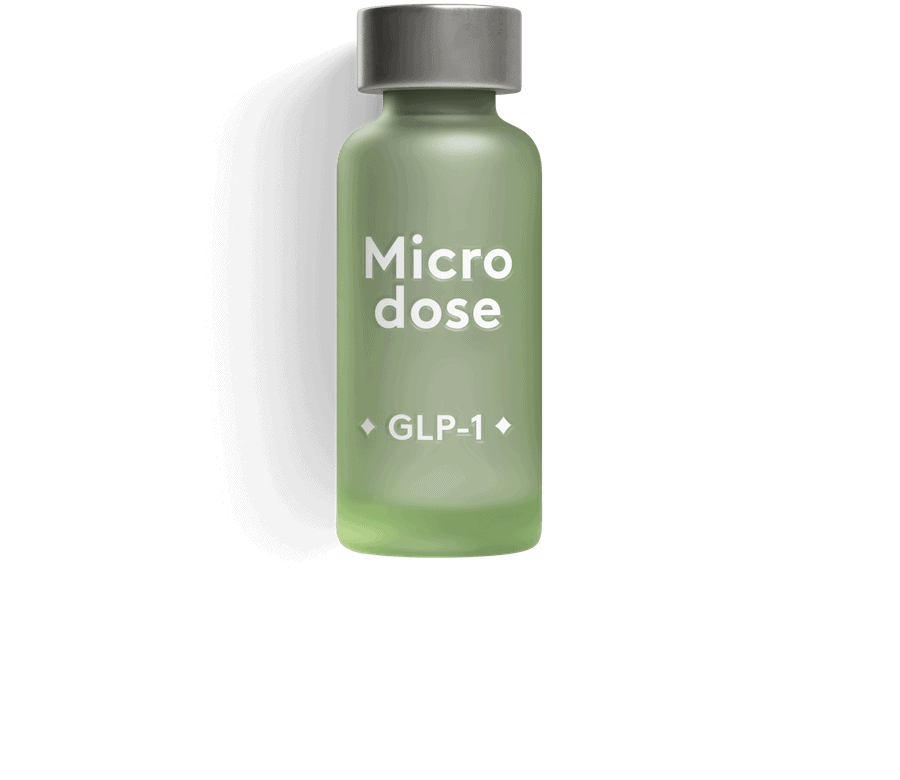
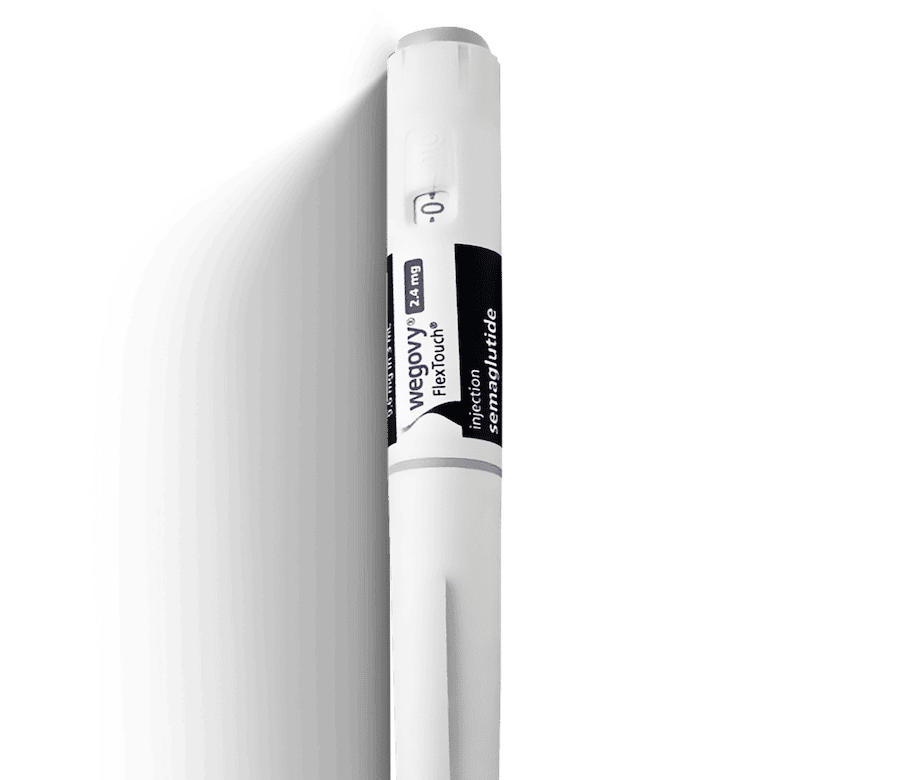
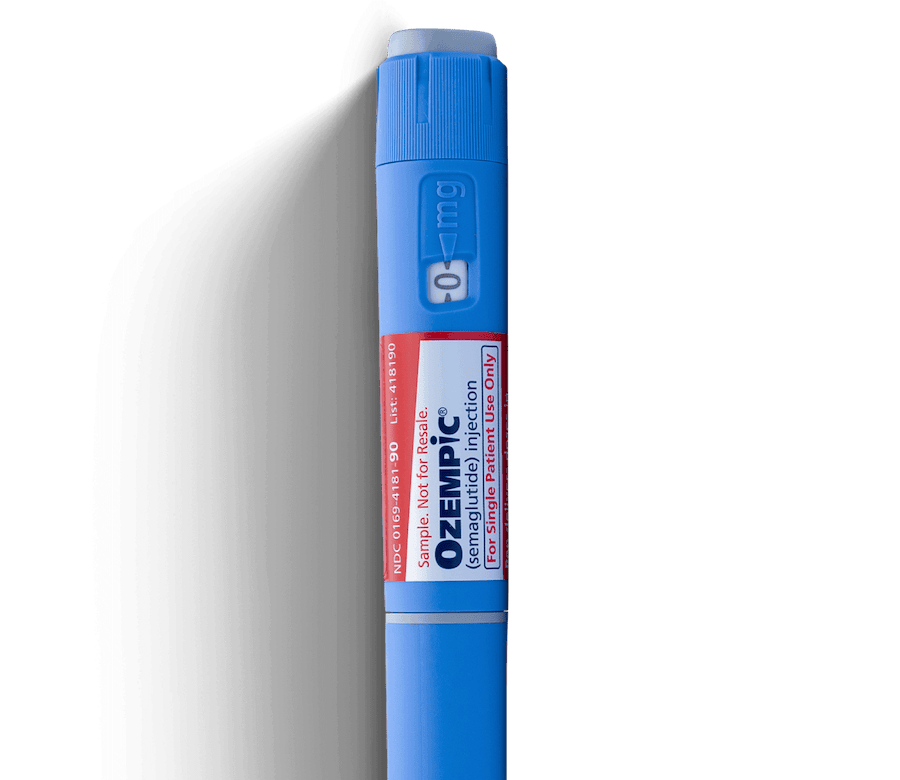
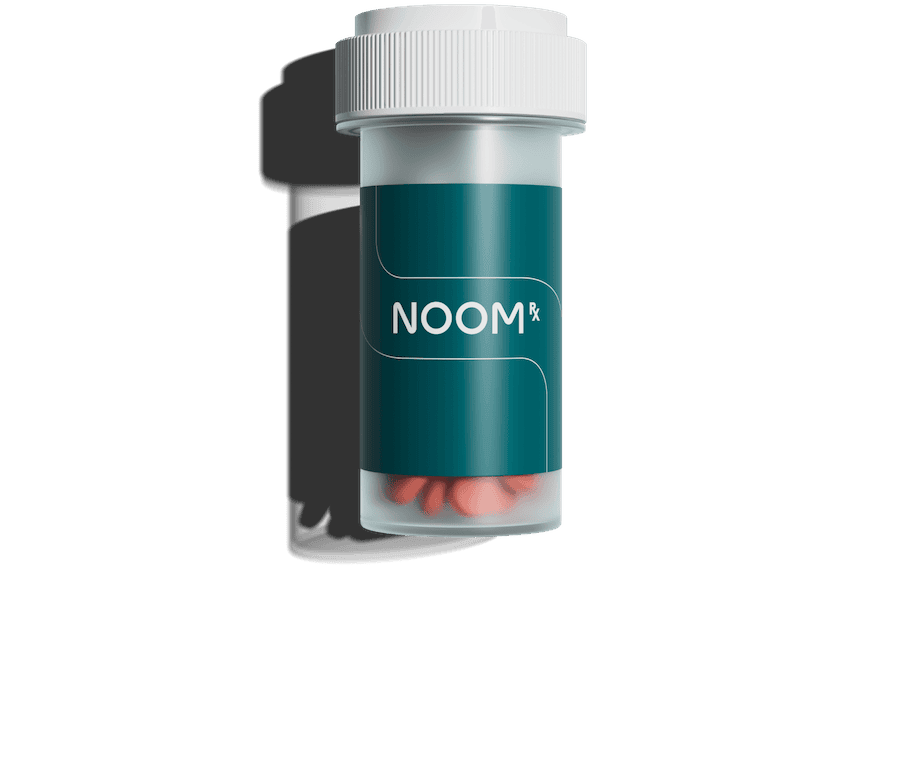

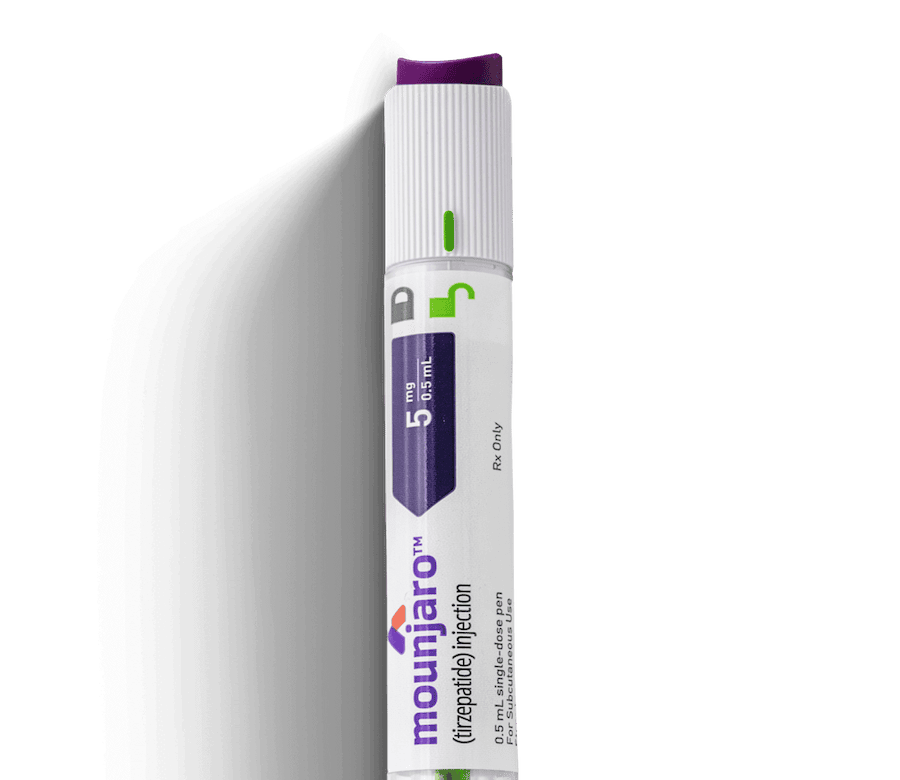
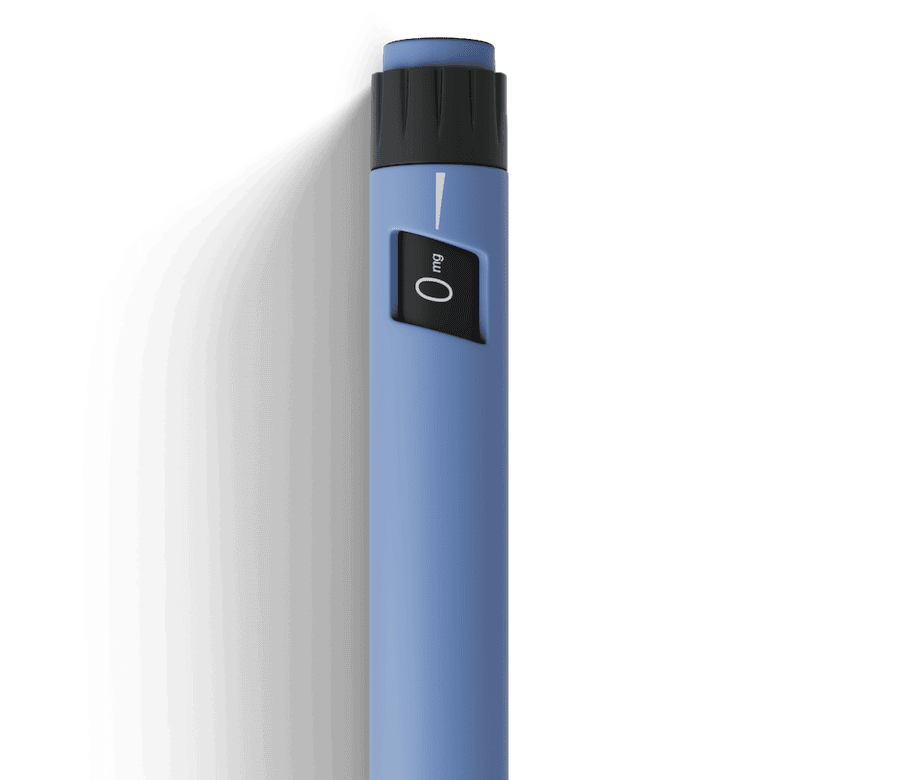
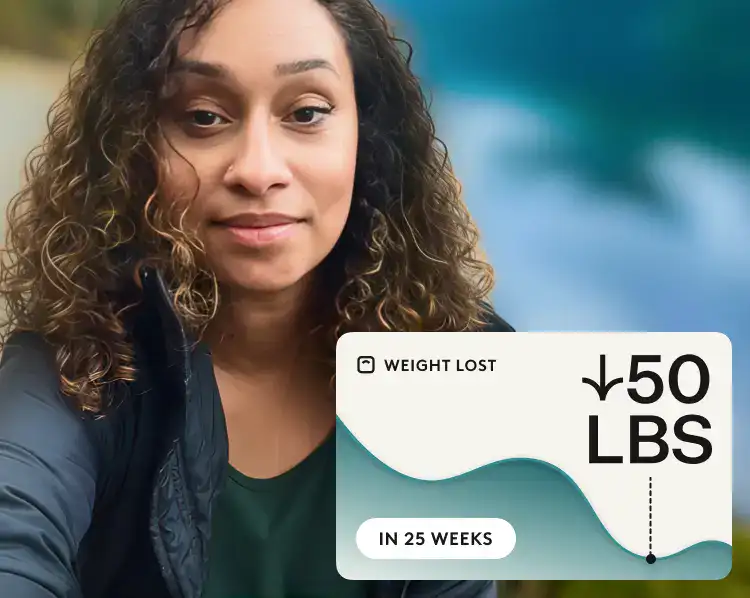
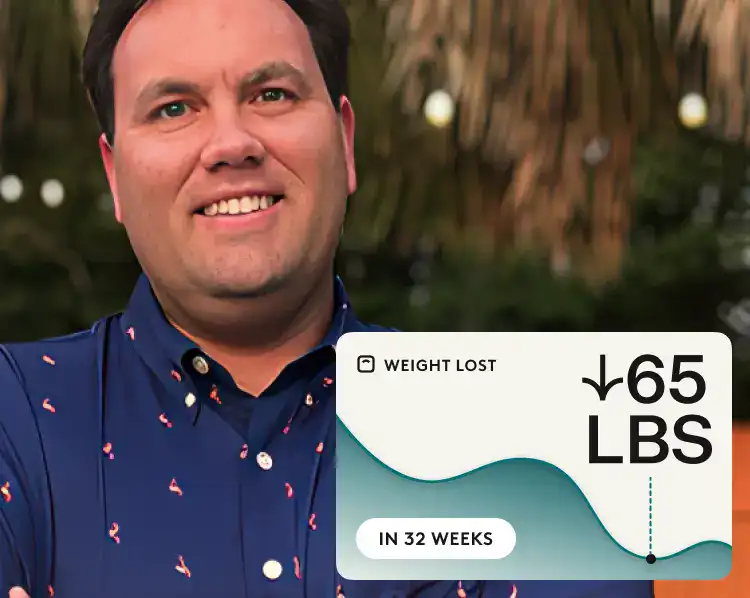
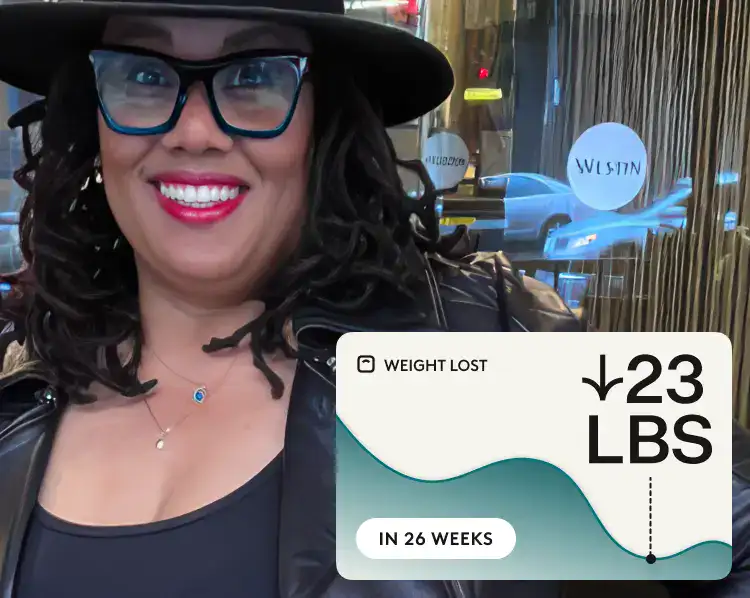
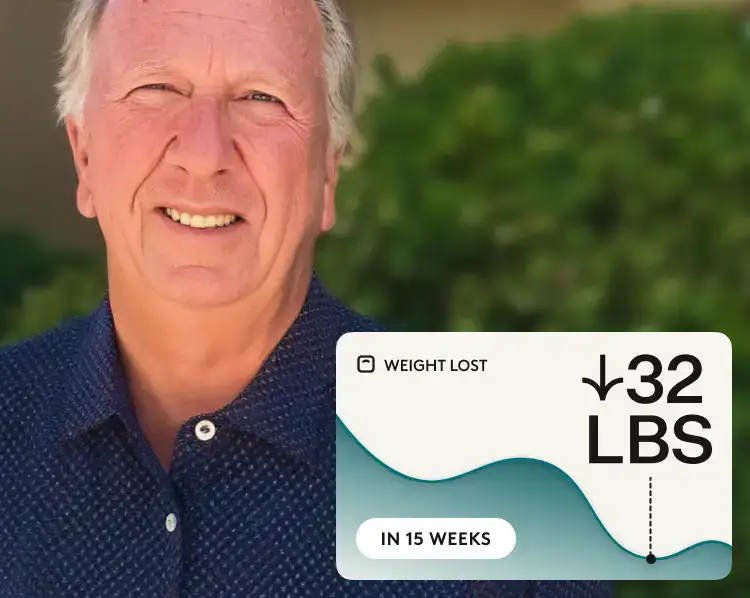
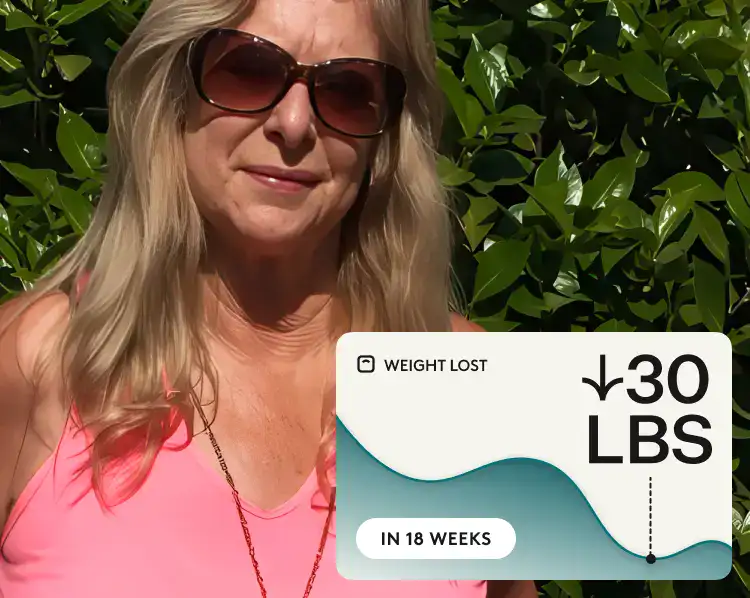
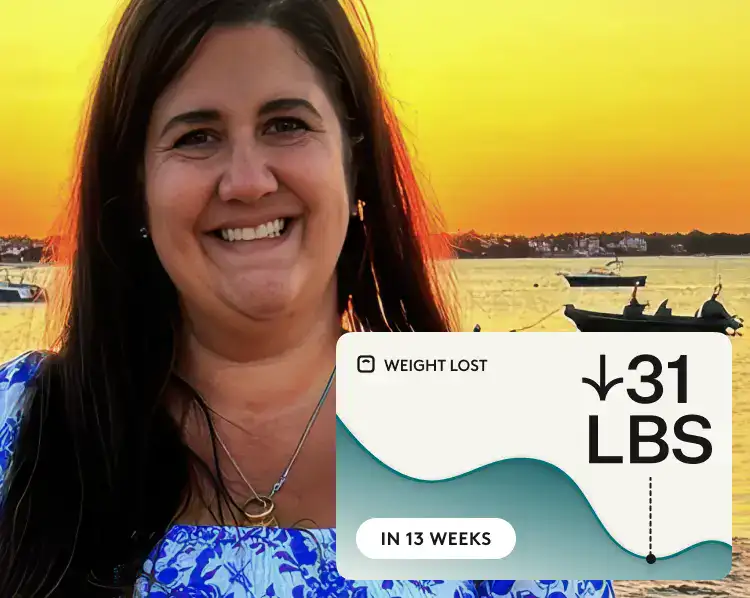
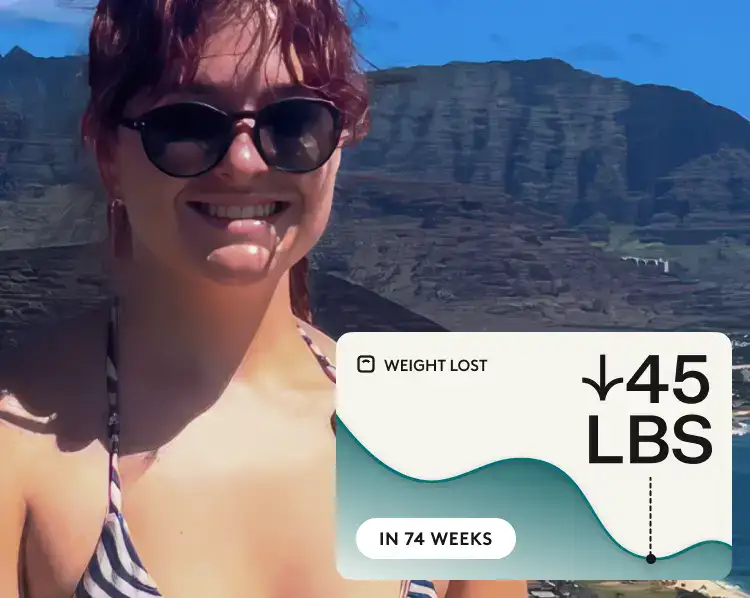
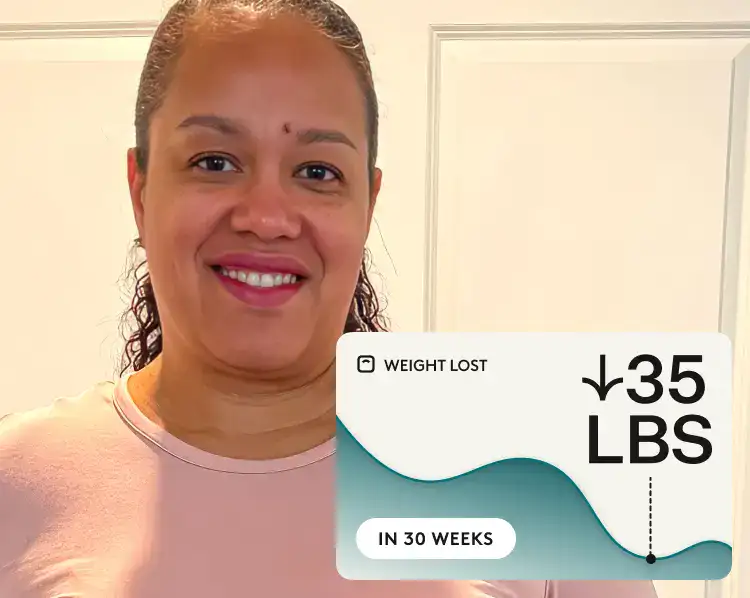
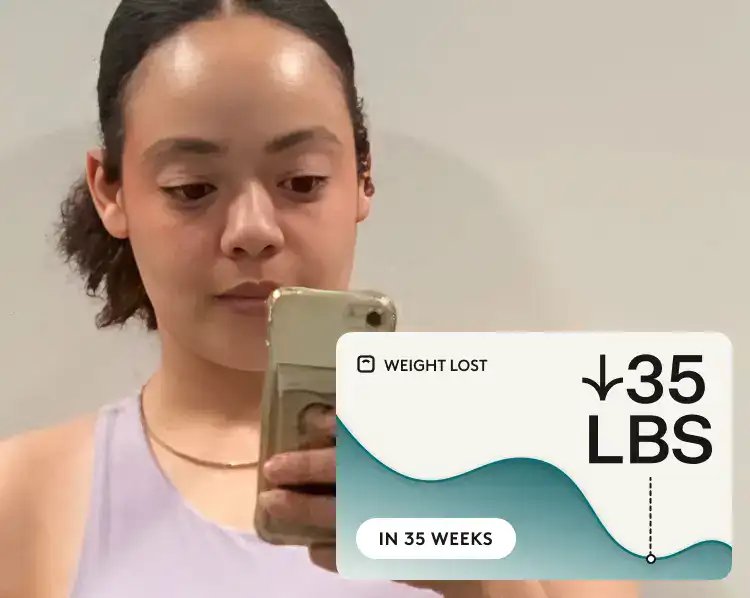
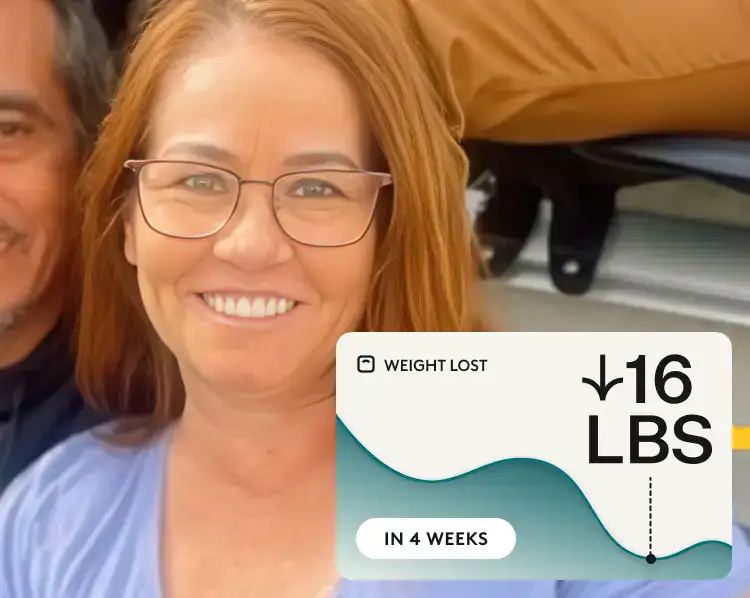
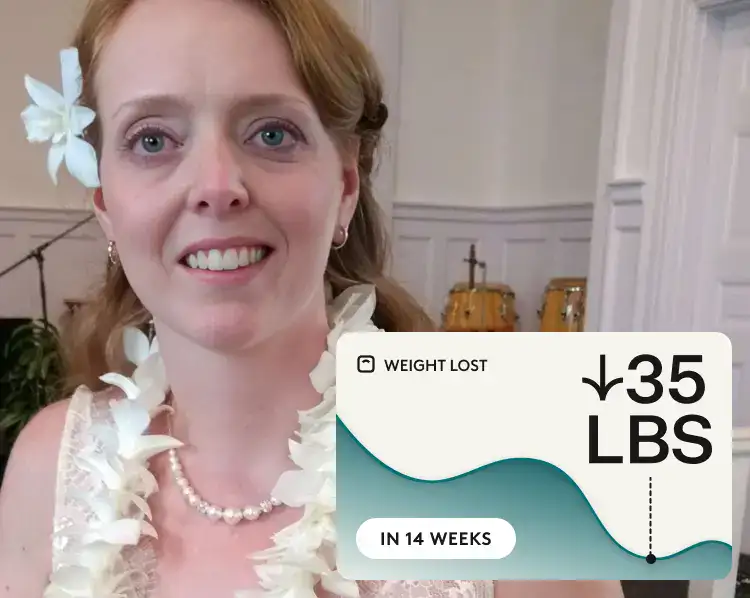

 Meaghan Cameron
Meaghan Cameron
 Noom Team
Noom Team
 Melissa Kay
Melissa Kay


